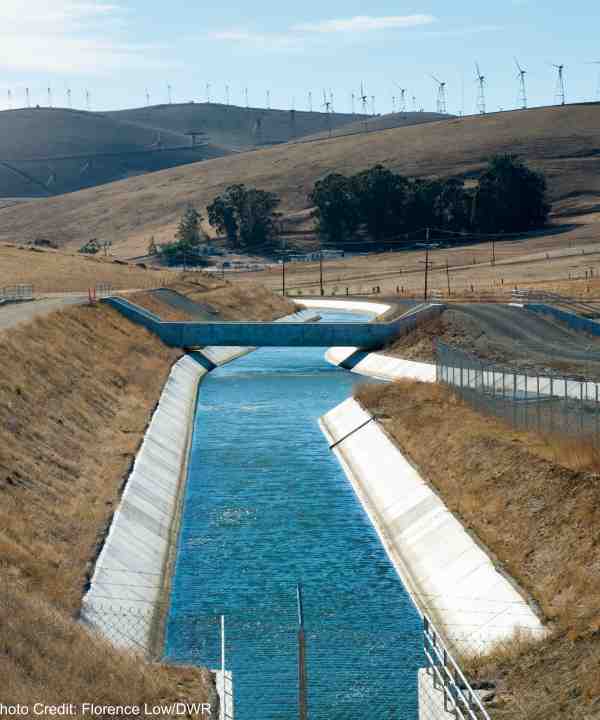California has struggled with drought for most of the last decade. From 2011–2015, the state experienced the driest four-year stretch in recorded history, leading to unprecedented water restrictions for residents, including a state mandate to reduce water use by 25 percent.
Heavy precipitation last winter relieved much of California, but dry conditions linger. Wildfires raged during the fall and early winter months, ravaging towns and hillsides from Los Angeles to Santa Rosa. A delayed start to this year’s rainy season has made 44 percent of the state “abnormally dry,” and fueled worries of a return to drought.
At the drought’s height, water conservation was a hot topic, but conservation levels varied widely as California utilities worked independently towards their state-mandated goals. Now Stanford researchers are considering a different approach to water management, taking a page from energy and climate playbooks.
Patricia Gonzales, a doctoral student at Stanford’s Civil and Environmental Engineering Department and Newsha Ajami, director of Urban Water Policy at Stanford’s Water in the West and NSF-ReNUWIt initiatives, have proposed a cap and trade approach to water conservation based on local supply and demand realities.
Papers detailing their approach have been published in Water […]
Full article: Share the Wealth: A Cap-And-Trade System of Water Conservation and Resiliency?
More about organizing for water conservation:
News: New Study Demonstrates Water Conservation Pays Off for Ratepayers
A Cheerful Story About Environmental Conservation (Really and Truly)

